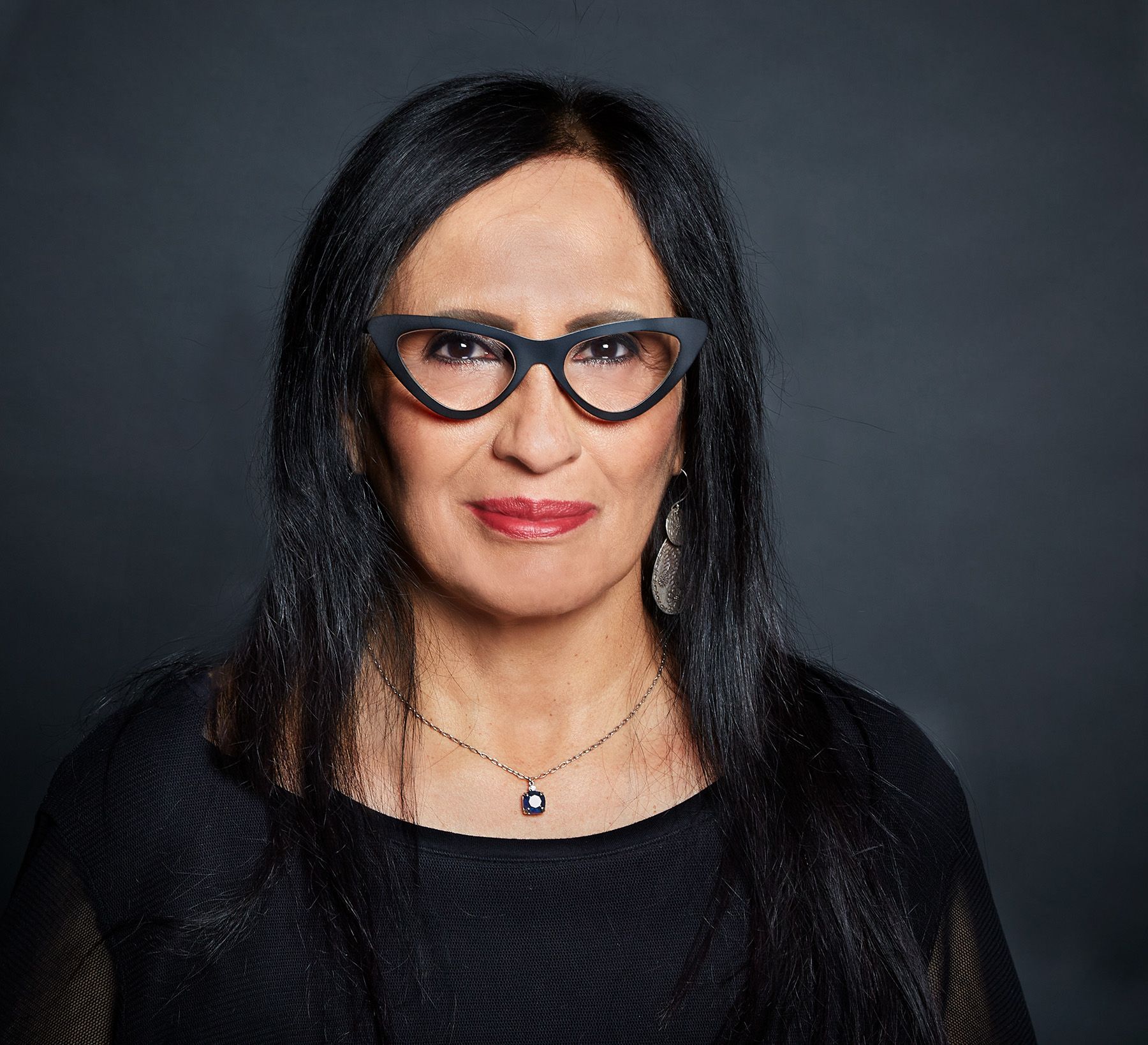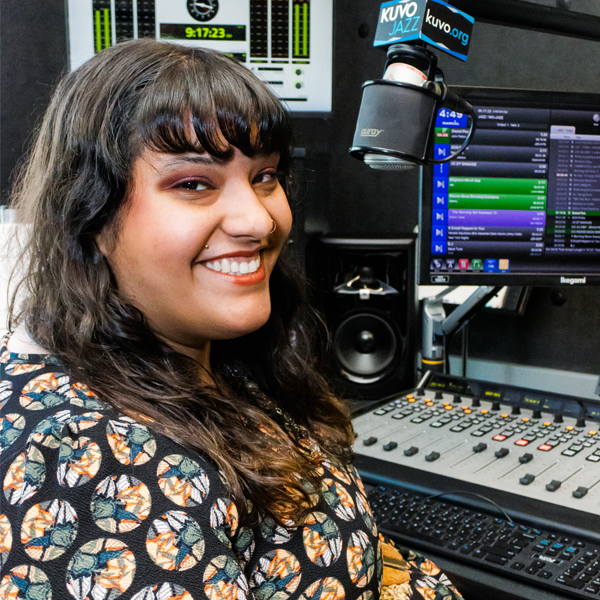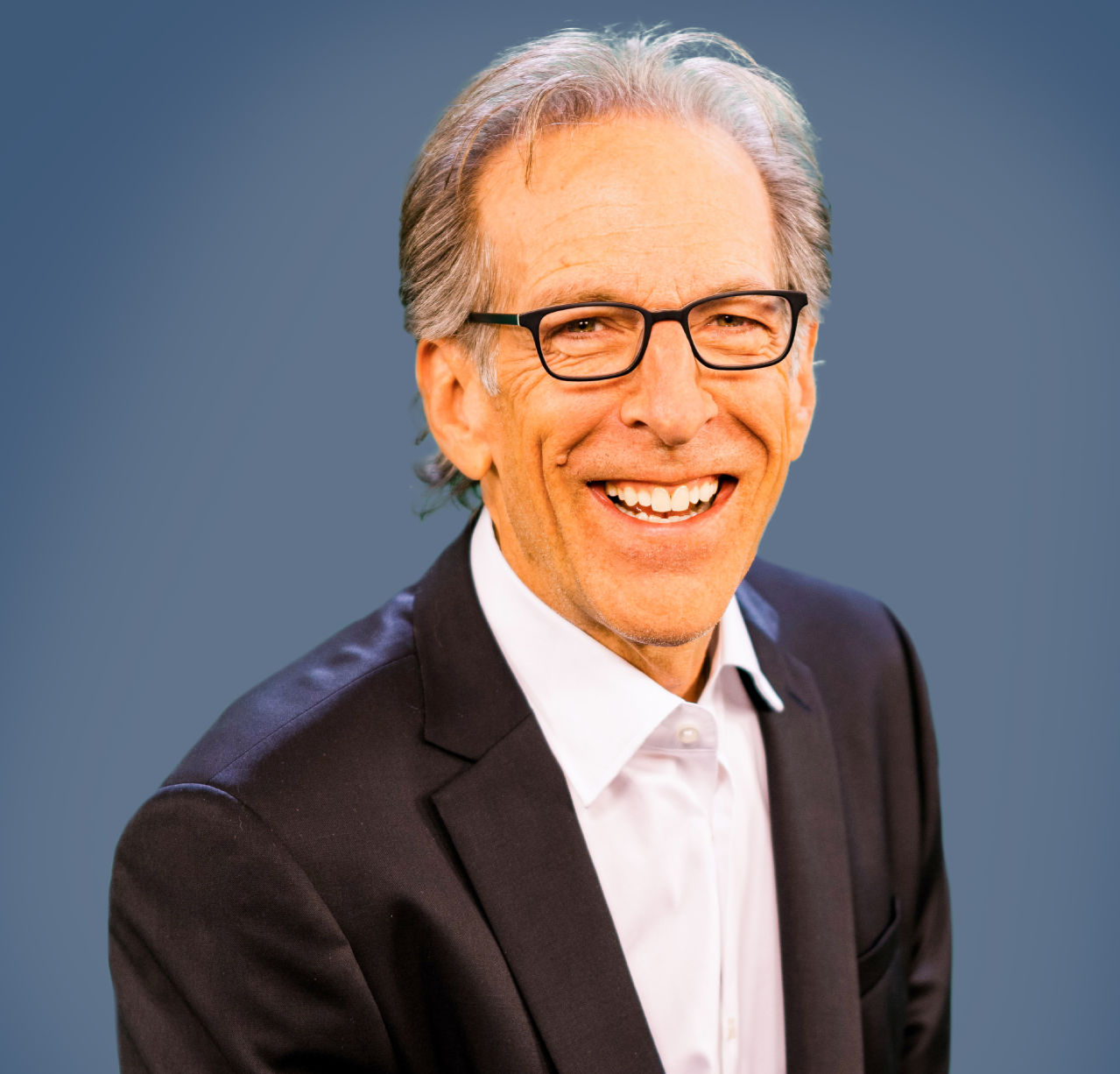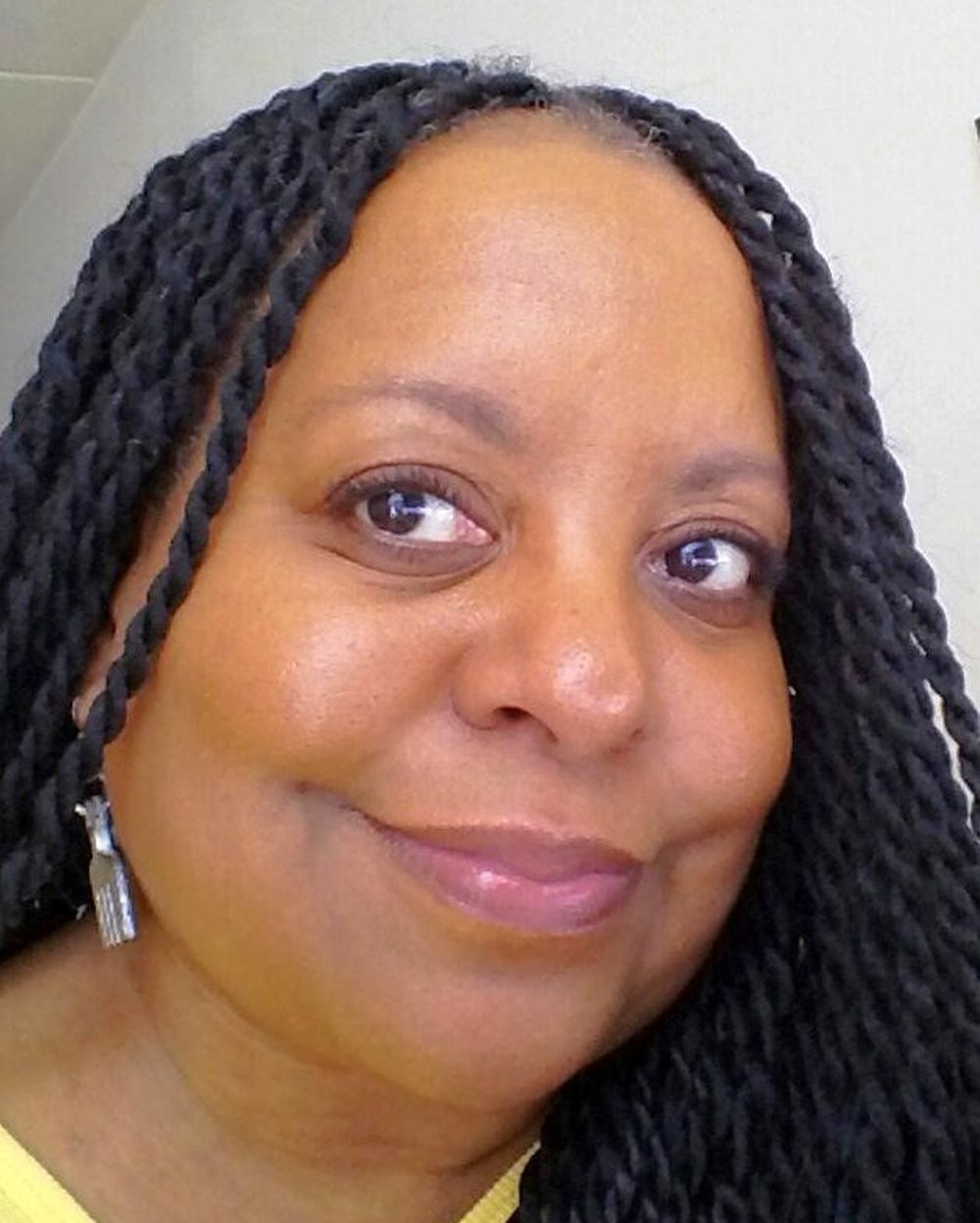The Kaleidoscope of Sounds takes you to Washington DC & Baltimore! All Day!
It’s your community! The Culture! And the Music from Washington DC and Baltimore! It’s a Kaleidoscope of Sound on KUVO. We’re in this together. Collectively, turning together, you help us power and maintain this important music service. Ensure KUVO’s future today.
Washington DC — Blues Alley in Washington DC – Founded in 1965 Blues Alley is the nation’s oldest continuing Jazz super club, having showcased internationally renowned concert hall artists such as Dizzy Gillespie, Sarah Vaughan, Nancy Wilson, Grover Washington Jr., Ramsey Lewis, Charlie Byrd, Maynard Ferguson and Eva Cassidy in a small intimate setting.
Located in the heart of historic Georgetown in an 18th-century red brick carriage house, Blues Alley offers its patrons a unique ambiance, reminiscent of the jazz clubs of the 1920s and 30s.
“Now THIS is a jazz club.” —Dizzy Gillespie
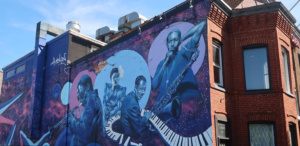 U Street — Home throughout the years to important scholars, entertainers, and political figures, as well as to historically prominent African American institutions, Washington’s U Street neighborhood is a critical zone of contact between black and white America. Howard University and the Howard Theater are both located there; Duke Ellington grew up in the neighborhood; and diplomat Ralph Bunche, Supreme Court Justice Thurgood Marshall, and medical researcher Charles Drew were all members of the community.
U Street — Home throughout the years to important scholars, entertainers, and political figures, as well as to historically prominent African American institutions, Washington’s U Street neighborhood is a critical zone of contact between black and white America. Howard University and the Howard Theater are both located there; Duke Ellington grew up in the neighborhood; and diplomat Ralph Bunche, Supreme Court Justice Thurgood Marshall, and medical researcher Charles Drew were all members of the community.
This robustly diverse neighborhood included residents of different races and economic classes when it arose during the Civil War. Jim Crow laws came to the District after the Compromise of 1877, and segregation followed in the mid-1880s. Over the next century, U Street emerged as an energetic center of African American life in Washington. The mid-twentieth-century rise of cultural and educational institutions brought with it the establishment of African American middle and elite classes, ironically fostering biases within the black community. Later, with residential desegregation, many of the elites moved on and U Street entered decades of decline, suffered rioting in 1968, but has seen an initially fitful resurgence that has recently taken hold.
Blair A. Ruble is the author of several books about the governance of cities worldwide, including Creating Diversity Capital: Transnational Migrants in Montreal, Washington, and Kyiv and Second Metropolis: Pragmatic Pluralism in Gilded Age Chicago, Silver Age Moscow, and Meiji Osaka, both also published by Johns Hopkins and the Woodrow Wilson Center. Ruble is the director of the Kennan Institute and of the Comparative Urban Studies Program at the Woodrow Wilson Center.
Baltimore — Less than a block from Baltimore’s Penn Station was where jazz once lived in the city. Dating back to the 1960s, the Famous Ballroom was a place where only the music mattered — not politics or race. It was a time when the stage was set for legends.
It’s the Charles Theater now, but it once housed the Famous Ballroom. And the group that would pack the house every week made Charm City the perfect stage for jazz.
Count Basie, Duke Ellington, and John Coltrane were just a few of the members of jazz royalty who would hold court in Baltimore up to 48 times a year.
 “Folks knew, no matter what, there was a show at the ballroom,” John Fowler, with the Left Bank Jazz Society, said. “You got memories from a lot of musicians and we did this for over 40 years. That’s a long time to be doing something.”
“Folks knew, no matter what, there was a show at the ballroom,” John Fowler, with the Left Bank Jazz Society, said. “You got memories from a lot of musicians and we did this for over 40 years. That’s a long time to be doing something.”
At that time, the Left Bank Jazz Society, with members like Fowler, put Baltimore on the map in the jazz world.
“There were musicians who would not come to Baltimore,” Fowler said. “Baltimore was that country town between New York and D.C. “So once we started doing concerts, guys were like, ‘Oh man, they’ve got something in Baltimore?’ People were like, ‘In Baltimore?’”
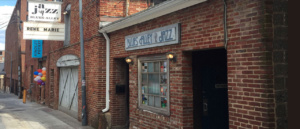 Baltimore’s early jazz pioneers included Blanche Calloway, one of the first female jazz bandleaders in the United States, and sister to jazz legend Cab Calloway. Both the Calloways, like many of Baltimore’s prominent black musicians, studied at Frederick Douglass High School with William Llewellyn Wilson, himself a renowned performer and conductor for the first African American symphony in Baltimore. Baltimore was also home to Chick Webb, one of jazz’s most heralded drummers, who became a musical star despite being born hunchbacked and crippled at the age of five years. Later Baltimoreans in jazz include Elmer Snowden and Ethel Ennis. After Pennsylvania Avenue declined in the 1950s, Baltimore’s jazz scene changed. The Left Bank Jazz Society, an organization dedicated to promoting live jazz, began holding a weekly series of concerts in 1965, featuring the biggest names in the field, including Duke Ellington and John Coltrane. The tapes from these recordings became legendary within the jazz aficionados, but they did not begin to be released until 2000, due to legal complications.
Baltimore’s early jazz pioneers included Blanche Calloway, one of the first female jazz bandleaders in the United States, and sister to jazz legend Cab Calloway. Both the Calloways, like many of Baltimore’s prominent black musicians, studied at Frederick Douglass High School with William Llewellyn Wilson, himself a renowned performer and conductor for the first African American symphony in Baltimore. Baltimore was also home to Chick Webb, one of jazz’s most heralded drummers, who became a musical star despite being born hunchbacked and crippled at the age of five years. Later Baltimoreans in jazz include Elmer Snowden and Ethel Ennis. After Pennsylvania Avenue declined in the 1950s, Baltimore’s jazz scene changed. The Left Bank Jazz Society, an organization dedicated to promoting live jazz, began holding a weekly series of concerts in 1965, featuring the biggest names in the field, including Duke Ellington and John Coltrane. The tapes from these recordings became legendary within the jazz aficionados, but they did not begin to be released until 2000, due to legal complications.
Baltimore is known for jazz saxophonists, having produced recent performers like Antonio Hart, Ellery Eskelin, Gary Bartz, Mark Gross, Harold Adams, Gary Thomas, and Ron Diehl. The city’s style combines the experimental and intellectual jazz of Philadelphia and elsewhere in the north with a more emotive and freeform Southern tradition. The earliest well-known Baltimore saxophonists include Arnold Sterling, Whit Williams, Andy Ennis, Brad Collins, Carlos Johnson, and Vernon H. Wolst, Jr.; the most famous, however, was Mickey Fields. Fields got his start with a jump blues band, The Tilters, in the early 1950s, and his saxophone playing became the most prominent part of the band’s style. Despite a national reputation and opportunities, Fields refused to perform outside the region and remains a local legend.
In the 1960s, the Hammond B-3 organ became a critical part of the Baltimore jazz scene, led by virtuoso Jimmy Smith. The Left Bank Jazz Society also played a major role locally, hosting concerts and promoting performers. The popularity of jazz, however, declined greatly by the beginning of the 20th century, with an aging and shrinking audience, though the city continued producing local performers and hosting a vibrant jazz scene.
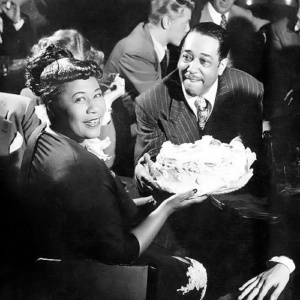 CELEBRATING THE DUKE on his birthday! Celebrate the innovative and outstanding musician, charismatic band leader, prolific composer, and Washington, D.C. native, Duke Ellington.
CELEBRATING THE DUKE on his birthday! Celebrate the innovative and outstanding musician, charismatic band leader, prolific composer, and Washington, D.C. native, Duke Ellington.
There are dozens, if not hundreds, of books dedicated to how Duke Ellington, the most prominent son of Washington, D.C., shaped the contours of jazz composition and affected its history. No one can deny Sir Duke’s place in the canon; but where is the place for his teachers, his neighbors, and the community that cradled him as a young man in the nation’s capital? What can we know about the place that birthed Ellington and John Phillip Sousa; raised James Reese Europe; provided a home for Jelly Roll Morton, Gil Scott-Heron, and Pearl Bailey; and launched Ahmet Ertegun’s revolution in the record industry?
Stay connected to KUVO’s programs and our community! Sign up for the Oasis E-News today!
Source: Wikipedia
Become a Member
Join the growing family of people who believe that music is essential to our community. Your donation supports the work we do, the programs you count on, and the events you enjoy.
Download the App
Download KUVO's FREE app today! The KUVO Public Radio App allows you to take KUVO's music and news with you anywhere, anytime!
